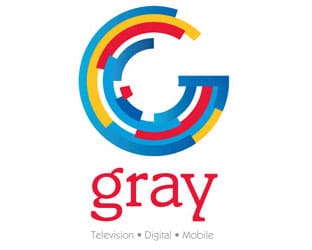Market research firm Centris says about half of the over-the-air only TV households in the US could experience DTV reception problems. It’s not a question of just having a digital TV or converter box, but rather the lack of a signal to be able to watch “free TV” after February 17, 2009.
The new proprietary research by Centris found that there are more than 17 million households currently receiving only over-the-air analog television. Of those, some 54%, or 9.2 million households, are in challenging reception areas.
“We have completed an analysis of the entire country to identify where in each market the receptivity gaps exist and now have exact figures for the number of at-risk households down to individual census block groups,” said David Klein, Executive Vice President of Centris. “The statistics suggest that digital TV signal coverage will be significantly more limited than currently anticipated and further reinforce the need for industry and consumer education on this issue,” he added.
As you would expect, increased risk in receptivity in regional markets depends on the local terrain, distance from towers, and the sensitivity of the consumer’s existing home antenna. “Challenging reception” in the Centris analysis refers to consumers who receive only four or fewer broadcast TV stations if they only have a small or medium omnidirectional rooftop antenna or if they have an indoor antenna. In addressing the range of reception problems, Centris forecasts that 24% of consumers in difficult reception areas who only have an indoor antenna or a small or medium omnidirectional antenna will receive no DTV channels, and a further 10% will receive only one channel.
In order to continue to receive the DTV channels they had previously watch via analog reception, those households will likely need an antenna upgrade if they do not want to pay for cable or satellite service.
The study also identified the 10 DMAs with the highest numbers of over-the-air only households at risk of DTV reception problems:
1. New York
2. Boston (Manchester)
3. Philadelphia
4. Los Angeles
5. Washington, DC (Hagerstown)
6. Seattle-Tacoma
7. San Francisco-Oakland-San Jose
8. Minneapolis-St. Paul
9. Atlanta
10. Cleveland-Akron (Canton)
RBR/TVBR observation: This could present a marketing opportunity for DirecTV and Dish Network. But for broadcasters, it is a bit of a dilemma. All the PSAs in the world about the DTV transition won’t help people facing reception problems. Do you tell viewers, “Hey, if you want to continue watching Hometown Action News for free, send off for a government coupon and buy a digital converter box – and then if you don’t see anything, go buy a big antenna and climb up on your roof…”




